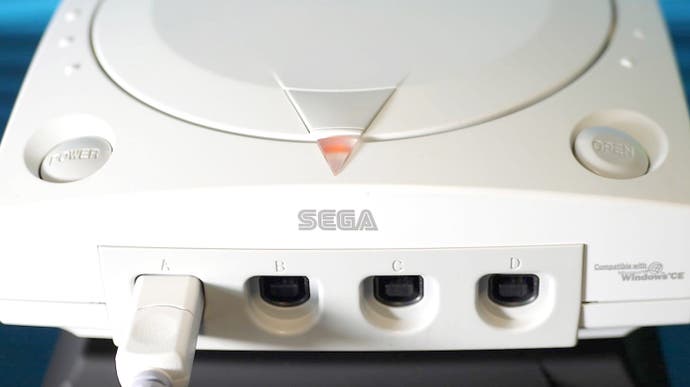DCHDMI review: Dreamcast gets a digital video upgrade - and it's stunning
The mod that makes Sega's 20-year-old console look beautiful on a modern flat panel TV.
The Sega Dreamcast - now over 20 years old, the Dreamcast represents an era of unprecedented creativity within Sega. With a huge range of remarkable games spread across every genre imaginable, Sega's final console remains popular even today but while the Dreamcast's video output options were forward looking at the time, taking full advantage of them today isn't quite as easy as you'd expect - but the arrival of a hardware modification with a pristine HDMI output is an absolute gamechanger. There's no doubt about it - DCHDMI is the best way to play Dreamcast on a modern flat panel display.
This internal modification is the first and only fully digital solution for Dreamcast video output. It overcomes limitations typically encountered with other solutions while offering the sharpest possible video output from your Dreamcast console. Most of the modification is internal in nature, with the only external difference coming down to the inclusion of a mini-HDMI output on the rear of the console. It's entirely non-invasive to the standard operation of the Dreamcast, meaning that you can run the analogue video output in parallel with the new HDMI output.
But what makes this modification possible is the fact that Sega pioneered a pristine 480p output for its last console, a massive evolution over the prior gen's more standard 240p - and it was glorious, especially if you owned Sega's own VGA box. This works great on a classic PC monitor of this era but if you're trying to play the Dreamcast on an HDTV either via VGA or via some form of analogue to digital converter, there are issues to consider.
You see, the Dreamcast generates a DTV signal much like other consumer electronics of this era - while only 640x480 worth of pixels is ever drawn, this is contained within a 720x480 frame. Typical displays, however, interpret this as a true 640x480 eliminating lines in the process. The result? A loss in image clarity with minor distortion and a narrow aspect ratio. This is where the DCHDMI differs - it taps directly into the system delivering all pixels digitally to your display at a variety of output resolutions.
That's right, although the Dreamcast itself delivers a 480p output, the DCHDMI has a wide variety of carefully considered and beautifully executed scaling options for a pristine digital video output. The key difference is the use of integer scaling to either 1080p or 960p resolution, making for crystal clear pixel reproduction as opposed to the more blurrier scaling typically employed by displays themselves when processing a 480p signal.
To really put the DCHDMI through its paces, we hooked up the Dreamcast to a range of 480p-compatible adapters out there and where appropriate, used the OSSC (Open Source Scan Converter) for good quality scaling to 1080p. The OSSC is a critical piece of the set-up - without it, you're going to run into sampling issues which results in slight blurring. We have a range of image quality comparisons on this page, plus more analysis in the embedded video, but the current outlook for each adapter is variable, to say the least.
Sega's own VGA box is expensive now and hard to come by, but hooked up to the OSSC, it's capable of excellent, clean and crisp results with just minor colour reproduction issues. A third party alternative - the Toro VGA box - looks good, but seems to have slight pixel scaling issues especially when using the 480p SCART capabilities, and again, colour reproduction isn't quite right. The OSSC can reduce or eliminate the scaling issues, but it's an extra product in the chain - and not an inexpensive one.
If you're looking for an all-in-one HDMI box, there's the Akura, from the makers of the Toro. Unfortunately, it exhibits sampling issues which cannot be easily be overcome resulting in a softer, less pixel-perfect image. It's a good solution but it's not totally ideal - which pretty much applies to all of the pre-DCHDMI options, to be honest... with one exception.


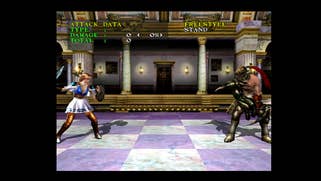
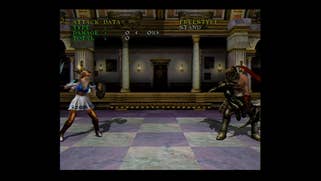

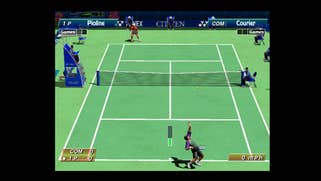
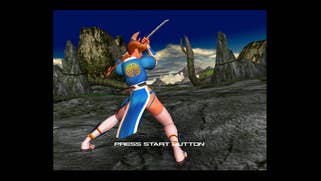
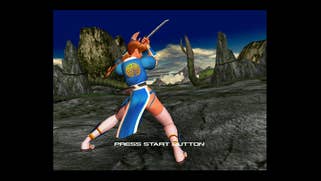


Pound has marketed a range of affordable cables for multiple systems including Dreamcast. Coming in at just $30, it seems like a great deal for an HDMI solution but based on my experience, the results leave a lot to be desired. Right away, it's clear that the Pound cable produces a darker, uglier overall image. Colors are muted and everything appears somewhat muddy. It's a far cry from original VGA boxes and doesn't come close to matching the DCHDMI or even the other solutions mentioned. This is an easy and cheap method to play via HDMI, but I don't feel it's worth using as a result of the huge loss in quality.
DCHDMI is also more flexible than other solutions. It features its own on-screen display with various options to adjust. This is accessible by holding both triggers, X +A and hitting start. Without using something like the OSSC, most solutions only output the original 480p image relying on your TV to handle scaling but DCHDMI supports 1080p and 960p output. The 1080p mode is a sight to behold - integer scaling is used to perfectly quadruple each pixel within a 1080p canvas. Every edge is perfectly defined. It's flawless.
960p is slightly less compatible and, depending on how your display handles it, there can be additional blur but it's still very sharp and clear, while the 480p option produces a squashed image like most analogue to digital solutions but according to the developers, this option exists for certain homebrew titles. Finally, the VGA mode simply displays 640x480 in the correct aspect ratio. For most users, I feel that 1080p is the best option due to its pixel-perfect output, but 960p can be equally good with the right display.
Scanlines are available and adjustable from the menu as well, but I don't feel this option makes much sense for your typical Dreamcast game. There are also video options included which help determine how the system boots games. Certain games, for instance, do not function properly with a VGA cable connected. Sometimes you can force them but other times you'll need to use the cable select option - by plugging in an analogue cable, such as composite video, the system will change its output type. You can control this at boot-up as well by simply holding down on the d-pad while starting your system.

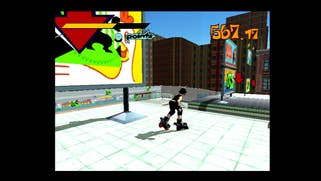
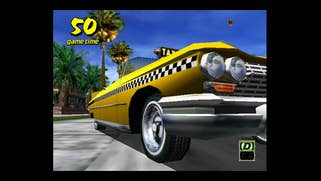
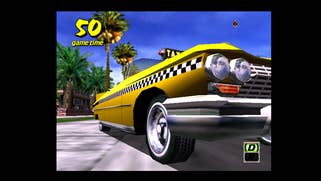
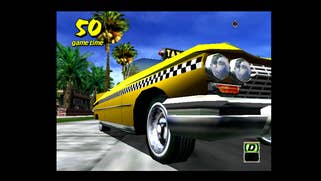
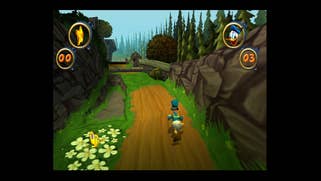
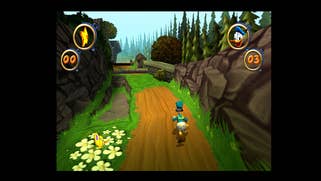
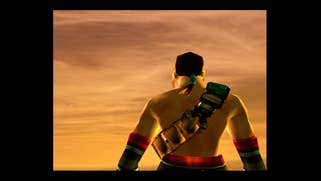

The DCHDMI upgrade seems to cover all bases - but there's actually a lot more to it than most console mods in that it's actually a full FPGA-based solution with its own board with connections that solder directly to the GPU. A range of installers are available around the world or you can choose to install it yourself but it's not an easy job. Once installed, you'll need to use a mini-HDMI cable to connect to your display but beyond that, it should just work like any modern HDMI device.
Disadvantages? Well, like all of the best retro mods, you pay a pretty penny for the upgrade - $150 in this case. However, when you consider the alternatives, the value is there and the quality is untouchable. Decent analogue 480p options invariably involve pairing the device with an Open Source Scan Converter - which typically costs more than the D HDMI mod, though to be fair, the OSSC works extremely well across a range of retro kit.
But if you're looking for a purely digital solution, the only other HDMI option available that looks good is the Akura - it's well-priced at $65 and will serve you well, but the fact is that its image is still derived from the Dreamcast's analogue 480p output. What I love about the DCHDMI is the developers' zero compromise approach to quality - by extracting a pure digital video output from the Dreamcast and scaling it to HD in the best possible way, the end results look breathtaking on a modern display. It's even firmware-upgradable too via WiFi, with a new HQ2x scaling mode coming that based on our testing, looks very promising.
The Dreamcast will always have a special place in my heart. It was the first console that I bought on day one - 9.9.99 - and its library of games still holds up today. Display technology has evolved tremendously in the last 20 years, but there's no doubt about it: DCHDMI is the best way to run this classic console on a modern flat panel TV.
